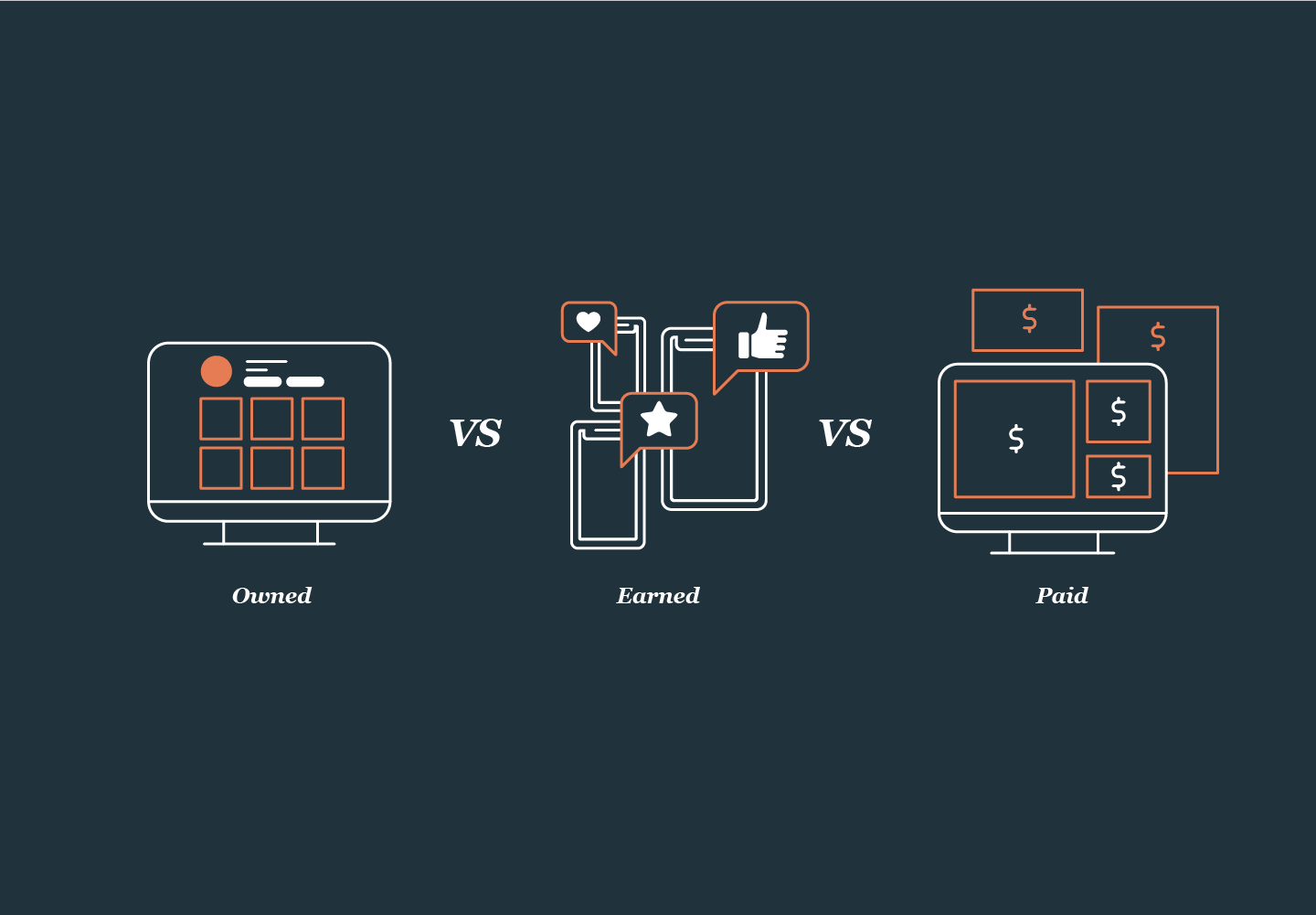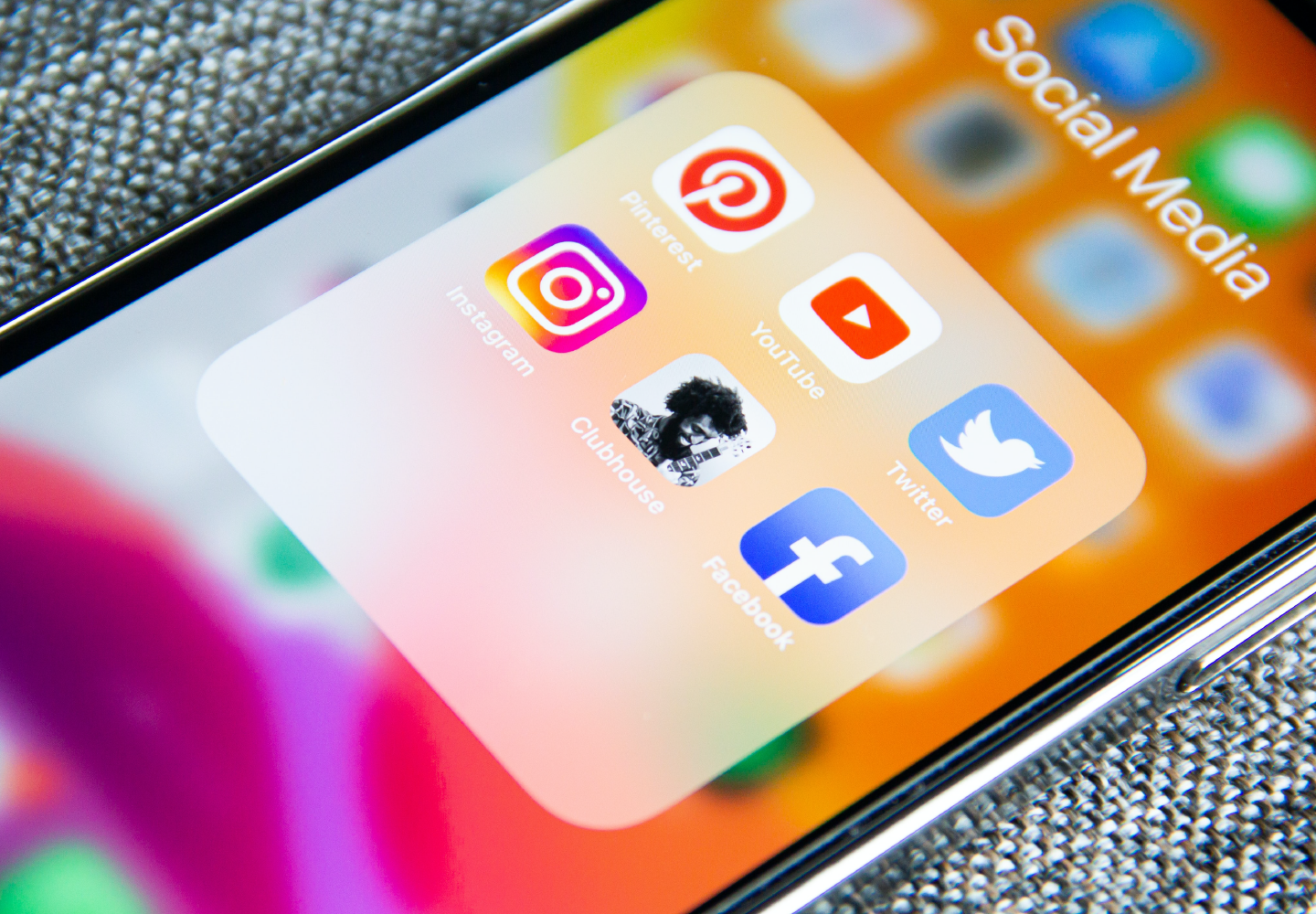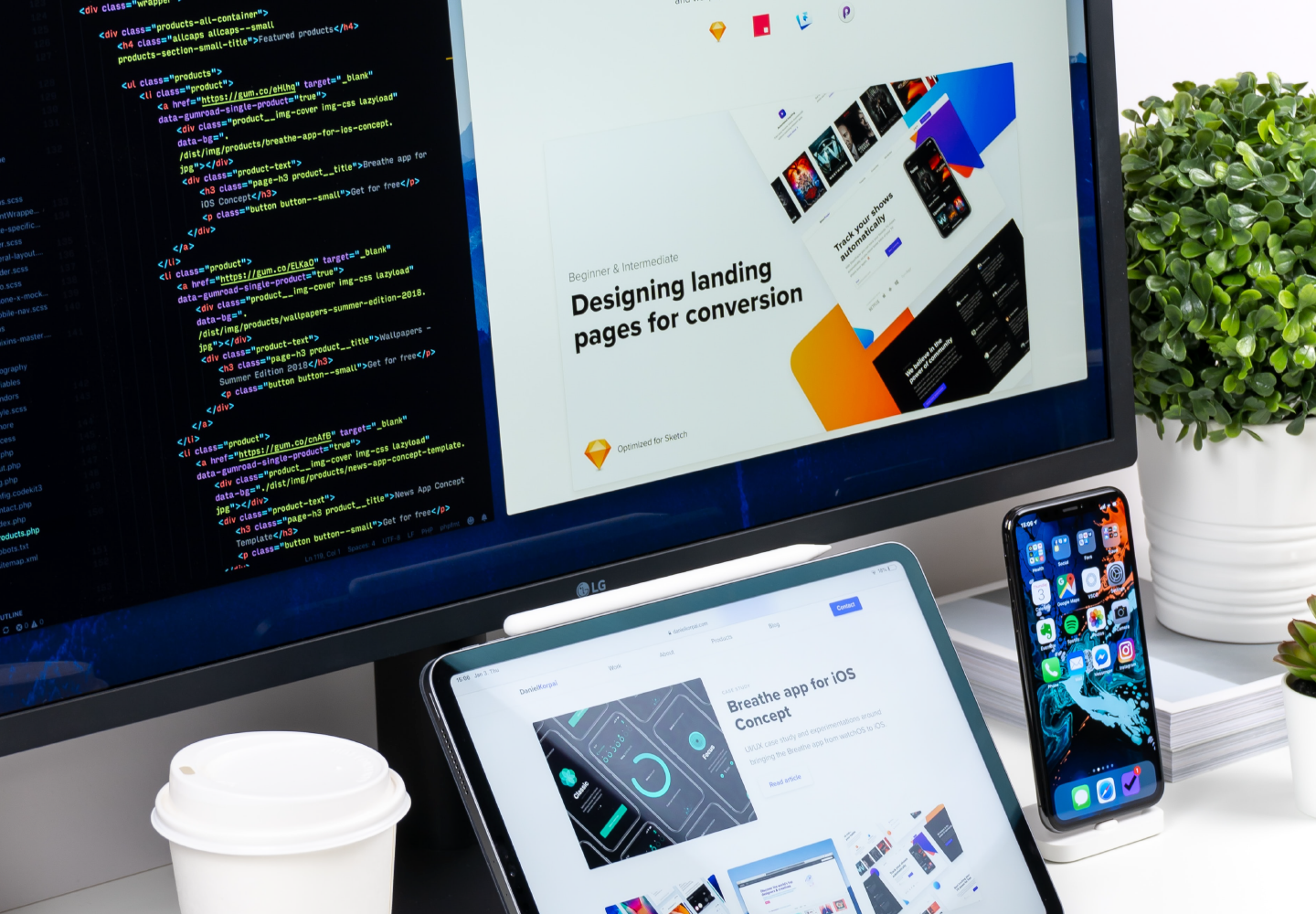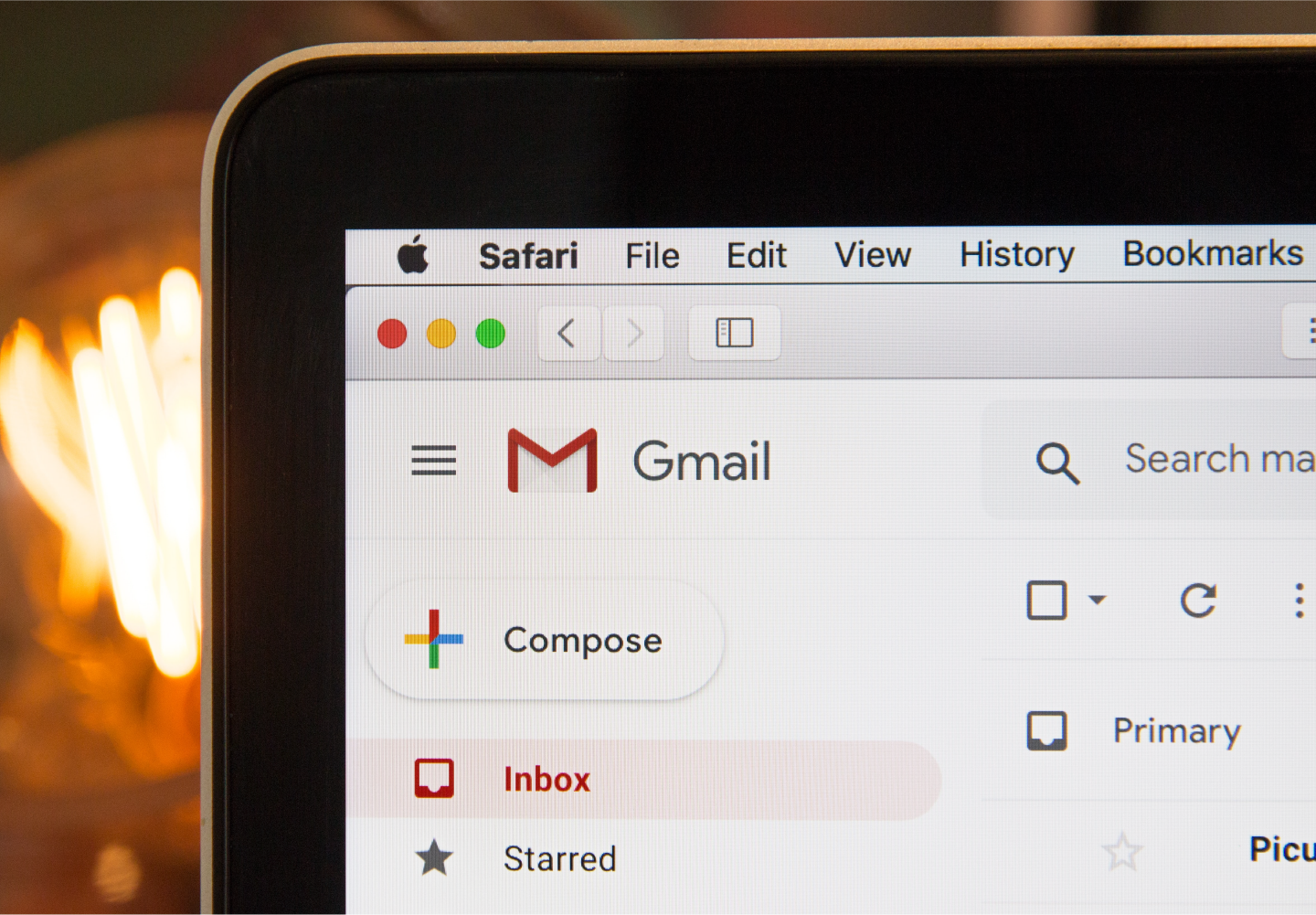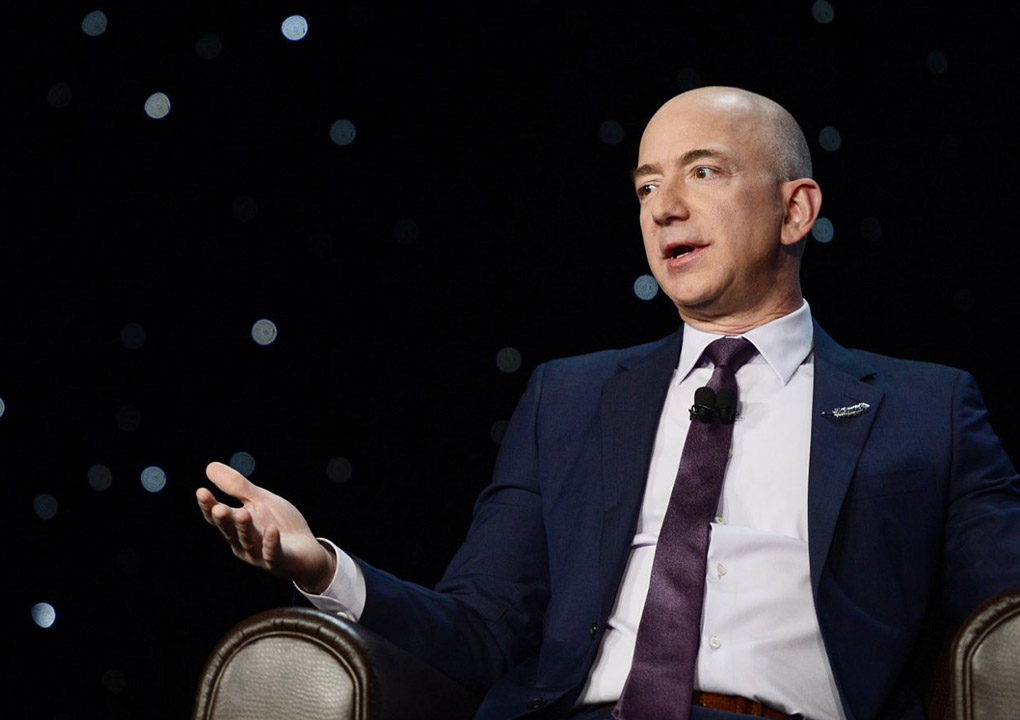Welcome to the first issue of Conversations@Tangible for 2022. To celebrate the launch of Tangible’s Digital offer in March this year, our content will focus on digital opportunities for your brand. So if you’re a manager who is looking to leverage digital marketing activities to grow your business, then this edition is perfect for you, as we’ll discuss different possibilities to get more business through your digital strategies and offers.
Unfortunately, many sales teams still fail to see the value of developing a digital strategy and implementing a digital activation plan. They often believe that having a website is sufficient. However, if your website is integrated into a digital ecosystem, you can attract new clients, keep stakeholders informed, and grow your network. This means that when potential or existing customers think about buying your product or service, you’re literally first in line (think google search).
Owned vs Earned vs Paid Media
First, we need to talk about what types of media are out there. Consider paid, owned and earned media as different parts working together holistically. Each component is vital to the whole, and they all work together to generate comprehensive digital activation results.
Owned Media
Owned media refers to content that you own and may freely distribute. It includes the content you upload on your website, blog entries, and social media accounts (not including your social ads). Email marketing is also included.
In general, owned media content is free, and you have complete control over who sees it. As a result, it’s a valuable addition to your content strategy. You can use this to develop content in the hopes of reaching your target audience organically.
Earned Media
Earned media, just like owned media, is free. However, it refers to any material in which other people are talking about you. Think influencers, public relations, product or business evaluations, or even fans and supporters that distribute your material on their own or using social sharing platforms.
Paid Media
Any marketing that you can’t do for free is classified as paid media. This can include traditional advertising such as print, radio, television commercials, as well as billboards. Ads on social media, search engine results pages, and display ads on websites are all examples of online advertising. Paid marketing material is a terrific technique to reach your chosen target audience in digital activation because of its superior targeting choices.
Today, let’s take a look at Owned Media and how you can use it to drive audiences to your website and in turn, create new leads.
Read More: What is Paid, Owned and Earned Media?
Digital Strategy
Digital strategy is described as the use of a variety of digital methods and platforms to reach out to clients online. The greatest digital strategy can make use of various types of digital activation capabilities that contribute to its overall objectives.
Define Your Goals
When you’re initially starting out with digital activation, it’s vital that you establish and define your goals, because your approach will be tailored to those goals. If you want to raise brand exposure, for example, you should focus on reaching out to new audiences through social media.
Define Your Target Audience
Defining your target audience offers you guidance for your marketing efforts, allowing you to establish deeper and more targeted client connections. Google Analytics is a powerful tool for gathering information regarding the demographics and interests of your site visitors. This information would be crucial for locating and defining your target audience.
Define A Roadmap
You’ve got your goal and you’ve got your audience, now it’s critical for your team to develop a clear plan to achieve those goals, which will help them understand what work has to be done and which channels to invest in. A digital activation roadmap depicts that task clearly, as well as the timeframe for completing it.
Read More: The Who, What, Why, & How of Digital Strategy
On-site SEO
On-site SEO is the process of optimizing components on a website in order to rank better and receive more relevant traffic from search engines. This is distinct from off-page SEO, which focuses on signals that occur outside of your website (for example, backlinks).
On-site SEO’s ultimate objective may be summed up as making it as simple as possible for both search engines and visitors to comprehend what a webpage is about. It determines whether or not the page is relevant to a search query and whether or not the page is useful and deserving of high search engine rankings.
Some key aspects of on-site SEO are;
- Keywords
- URL optimization
- H1 optimization
- Meta description
- Website Content
- Internal & External Links
- Image names & Alt tag
Read more: On-Page SEO: The Definitive Guide
Organic Social Media
Organic social media is free material that companies and brands can put on their feeds. When you publish organically to your account as a brand, you can expect your followers, your followers’ followers (if people choose to share your post), and others who follow any hashtags you use to see it.
Organic social media is the best approach to cultivate a connection with your consumers at scale, and it’s the reason that it’s the core of any digital activation plan today.
Some things you can do on your social media platforms are;
- Infographics
- Case Studies
- Guides
- Industry news links
- Quizzes & questions
- Testimonials
- Behind-the-scenes images or videos
Read More: The 23 Types of Social Media Content You NEED to Use
Website Design & Content
Good site design directs your visitors’ gaze and tells them where they should look. Your website’s design may assist consumers to recognize buttons and clickable components, bring attention to unique deals and emphasize calls to action. All of these factors can influence users to have different behaviours.
Design and Functionality
Your website is a reflection of your business, its goods, services, and brand. As a result, being aesthetically attractive, polished, and professional is critical.
The site must also function swiftly, accurately, and as intended. Build to web standards, proofread thoroughly, and test frequently for performance and functionality issues. As any of your site pages might be a potential customer’s first or only impression, they should always be quick and functional. Areas in the site that are broken, sluggish, or poorly made will annoy your guests and drive them to leave. In this day and age, your website must also be optimized for mobile.
Useability
Visitors to your website are constantly in a rush. Do not make them work for information. User Experience (UX) is critical in assisting visitors in using, understanding, and staying on your website. Create a clear structure and apparent, logical navigation. For functioning across the site, use similar layouts and visual cues. With onsite search, you can help visitors complete their activities faster while also keeping them interested by recommending relevant material and avoiding dead ends.
Call to action
Visitors will do nothing if your website asks them to do nothing. What’s the point of your website? Is the visitor’s understanding of the purpose clear? For example, visitors to informational sites are encouraged to read and share articles, follow you on social media, obtain toolkits, join mailing lists, and learn more about the organization. On each page, include an inquiry.
Read More: 7 Qualities of a Great Website
Electronic Direct Mailer Campaign
Electronic Direct Mail (EDM) is a type of digital activation approach that companies use to sell products or services to a list of opted-in potential buyers via email. EDM marketing initiatives are a low-cost technique to increase conversions and brand loyalty among a targeted group of customers. Your EDM campaign will be more likely to be front of mind for a consumer when they make a purchase choice if you use consistent messaging.
Choose an Email Platform
If you’ve built up a larger database of customers, email marketing software will be invaluable. Autoresponders and other process automation tools are included in these systems.
If you’re just getting started, Mailchimp and Sendinblue provide “free forever” plans with restricted functionality that can get you going. These programs allow you to plan campaigns, track outcomes, interact with colleagues, and automate routine operations that would otherwise take up the majority of your time if done manually.
Customer Segmentation
Identify the segments you need to construct based on the data you’ve collected and your customers’ behavioural attributes. Then, based on age, gender, interest, or region, they should be routed into your key demographic audience groups.
After that, you may start planning and creating more complicated segments to guarantee that you’re sending relevant and targeted communications. These can be determined via RFM analytic tools, lead scoring, or even online behaviour. Knowing which categories you can and want to target allows you to better design your messaging and distribution methods.
Measure Results
The greatest approach to figure out how effectively you’re reaching your goals or KPIs is to analyze your campaigns on a regular basis. You may gain insight into the potential of increasing your existing campaign’s success by monitoring the performance of your campaigns across multiple parameters.
You should be measuring the following Key Performance Indicators (KPIs):
- Number of Deliverables Open Rate
- Rate of Click-Through
- Rate of Unsubscribe
Any email platform, in addition to some platform-specific data, would be able to track and analyze the metrics listed above (if any).
Read More: What is EDM Marketing?
The potential customers you can find online is a much larger group than you’ll ever be able to attract only locally. Through using digital activation techniques like the ones in this issue, you can reach a global audience in a way that’s cost-effective, scalable and measurable. Stay tuned for our next three issues as we dive deeper into the digital capabilities listed here and more.
For more information on how Tangible can assist you with your branding, or services please contact us over here.
Images: Unsplash
Share this article
